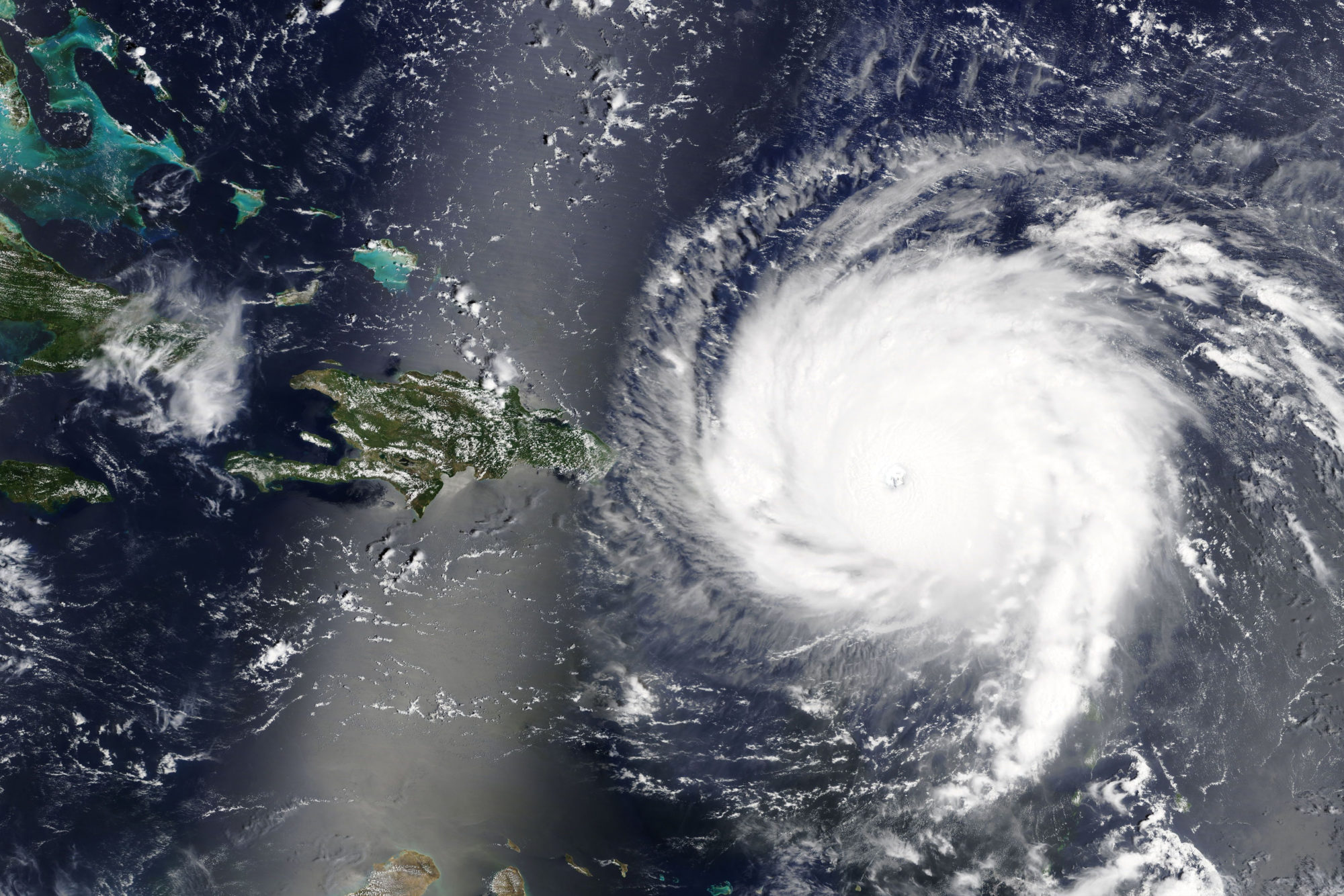Major Media Commit Errors of Omission on Climate Change
Public Citizen News / March-April 2019
By Rhoda Feng

This article appeared in the March/April 2019 edition of Public Citizen News. Download the full edition here.
Seven in 10 Americans say they are interested in climate change and that the media should cover it more, according to a national survey conducted by the Yale Program on Climate Change Communication.
And Public Citizen believes journalists and media outlets should give climate change the media coverage it deserves – that is, a lot more coverage.
The organization launched its “Cover Climate” campaign in 2017 to push for more and better media coverage of the climate crisis and solutions. A recent 2018 year-end report by Public Citizen reveals, for the second year in a row, that media outlets do a poor job of linking climate change to extreme weather events like heat waves, droughts and hurricanes.
The report surveyed transcripts from six national television news networks (ABC, CBS, CNN, Fox, MSNBC and NBC) and articles from the top 50 U.S. newspapers by circulation, as well as top online news sources.
The analysis, “Carbon Omission: How the U.S. Media Failed to Connect Extreme Weather to Climate Change in 2018,” found that a low proportion of news pieces mentioned climate change in relevant contexts, such as extreme drought and floods. Even when discussing extraordinary heat, the media mentioned climate change just 34 percent of the time.
The year also saw multiple hurricanes whose destruction was exacerbated by climate change, like Florence and Michael, and media connections to climate were even scarcer in that context.
Major online news sources published more than 10,000 pieces on the two storms, but only 10 percent of those pieces mentioned climate change. For television news, a mere 8 percent of segments made the connection, while print media fared even worse at 5 percent. However, these numbers are an improvement over the previous year (6 percent for television and online media and 3 percent for newspapers).
“It’s tough to solve a crisis that people aren’t talking about,” said David Arkush, managing director of Public Citizen’s Climate Program, “News outlets need to report accurately and more frequently on the urgency and severity of the crisis, as well as the fact that we have excellent, extremely popular solutions for most of the problem.”
One bright spot is that the media did better in 2018 on most topics than in 2017 – often significantly better. A number of publications stood out as producing much high-quality work. Perhaps most notable was the launch of the Invading Sea project, a collaborative effort by the Miami Herald, The Palm Beach Post, the South Florida Sun Sentinel and WLRN Public Media to spur action on the threat of sea-level rise in Florida.
One of the most important aspects of climate change is solutions, the report notes—in particular that we already have feasible, affordable, and popular solutions for most of the problem. But news media mentioned mitigation or solutions just 13 percent of the time when discussing climate change. For newspapers, the figure was 8 percent and for television news just 5 percent. Online news significantly boosted the average, with a rate of 16 percent.
“News outlets are giving the crisis of climate change far less attention than it merits – and far less than the public wants,” said Arkush. “The media have a major role to play in jump-starting the kind of national conversation we need to rise to this challenge, and there is plenty of reason to believe better climate coverage would engage audiences.”